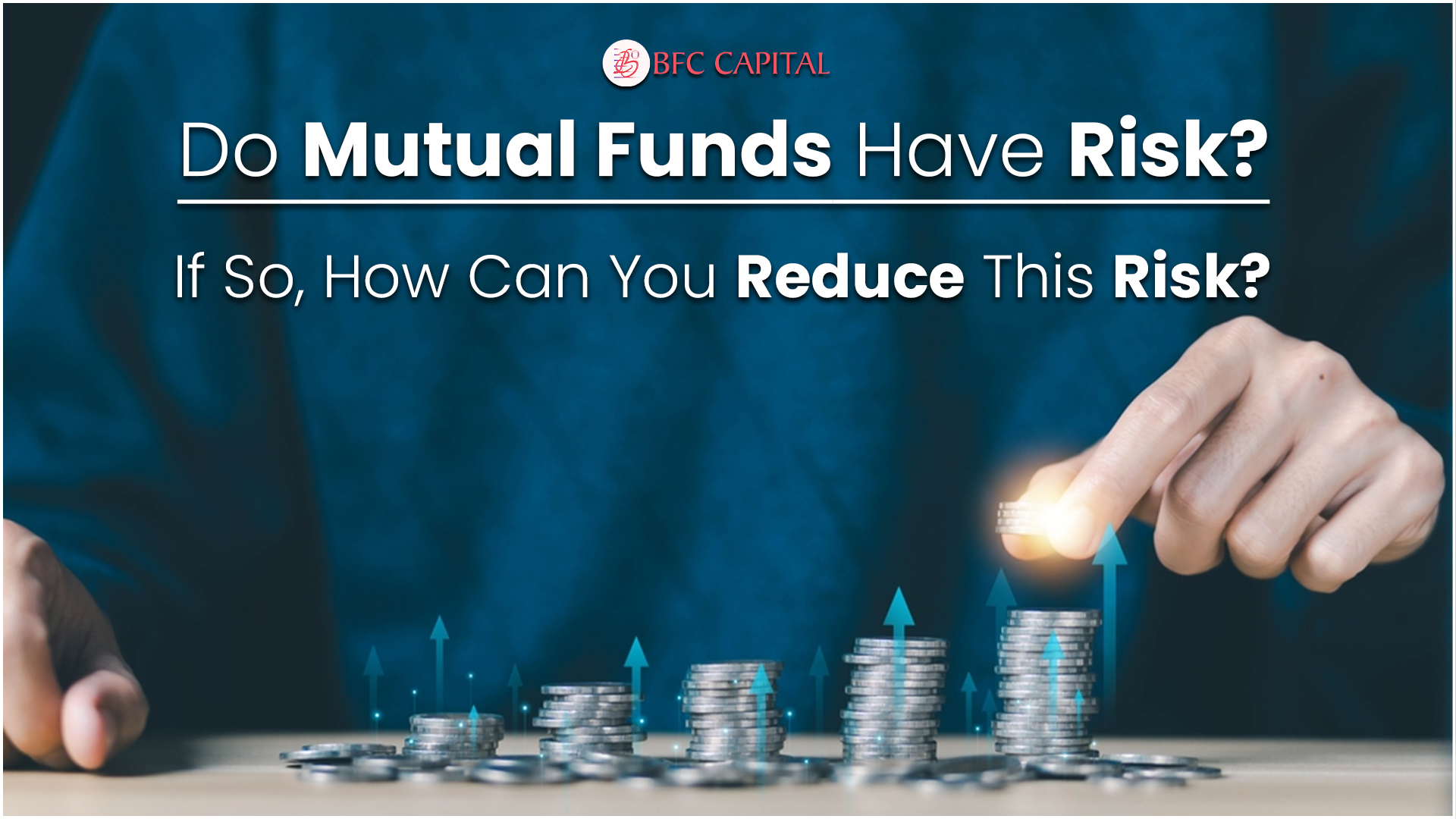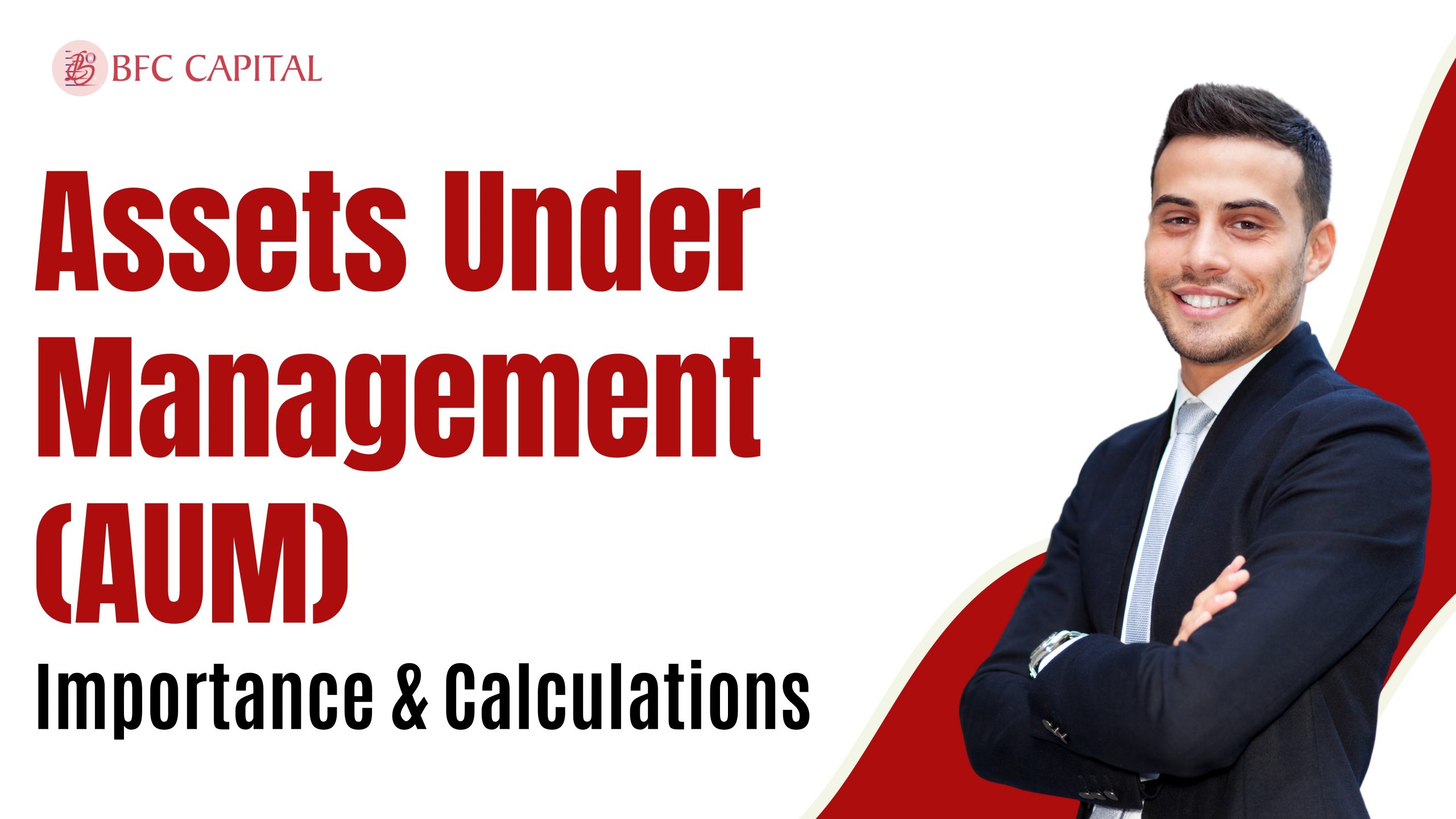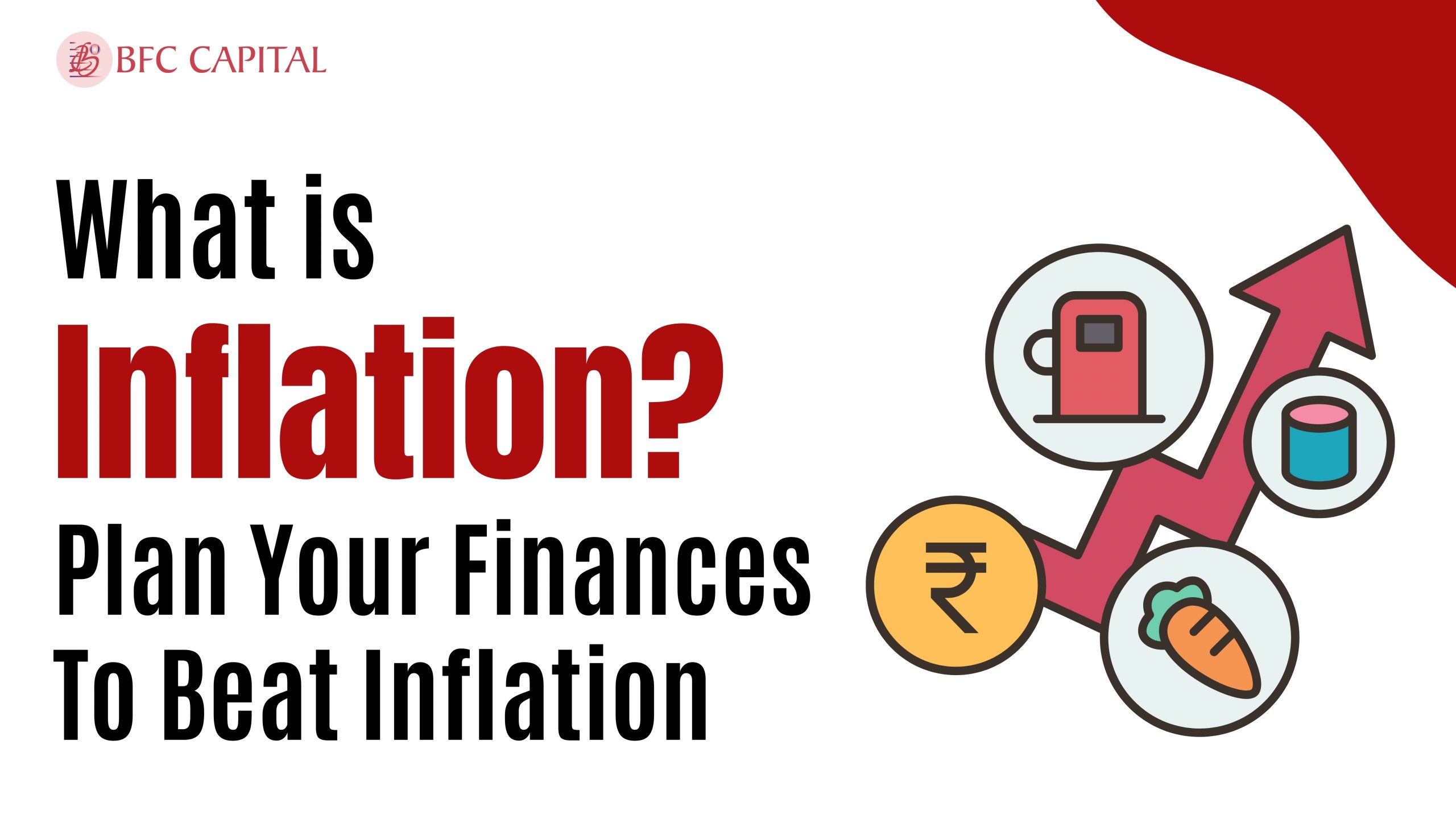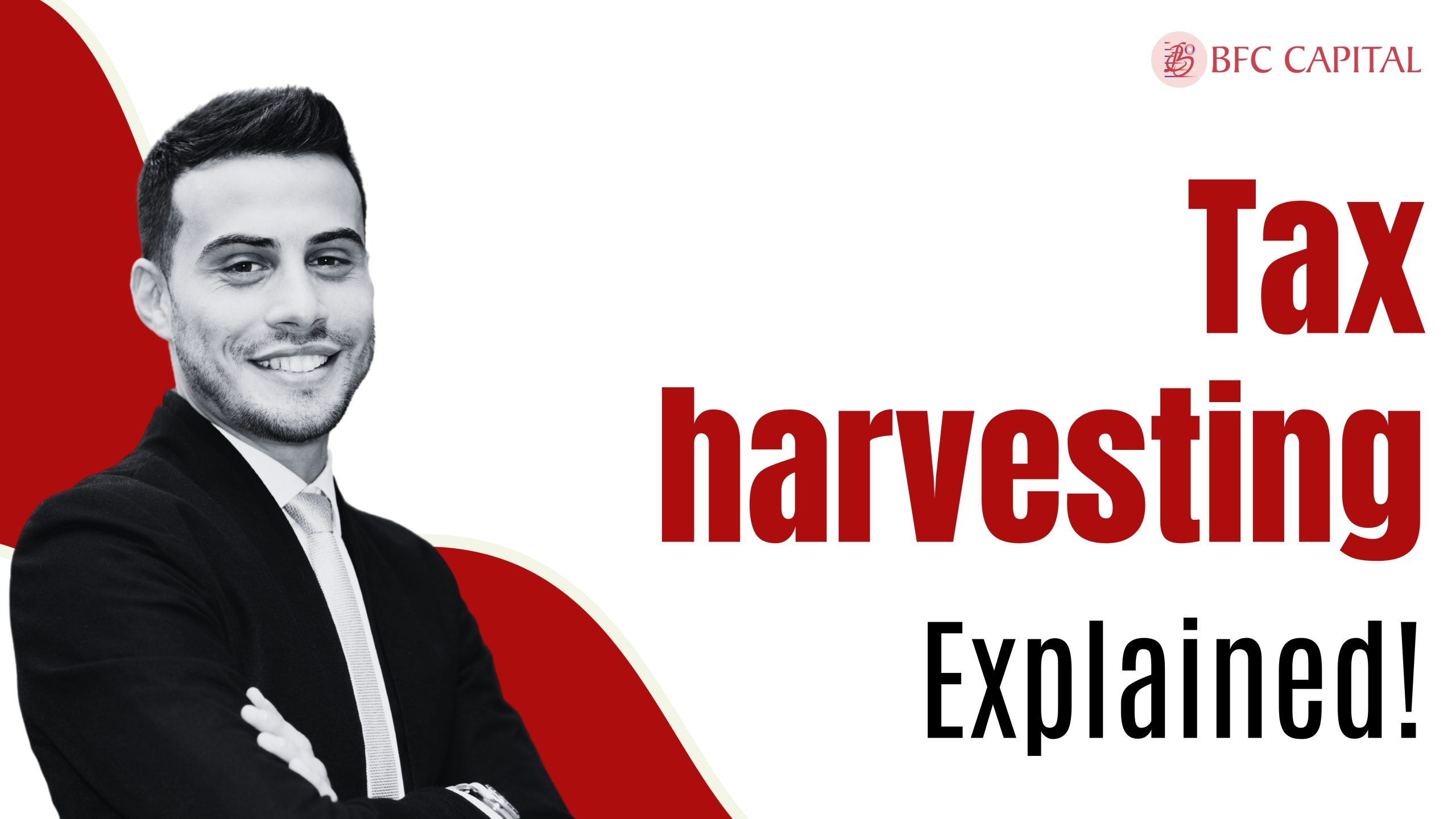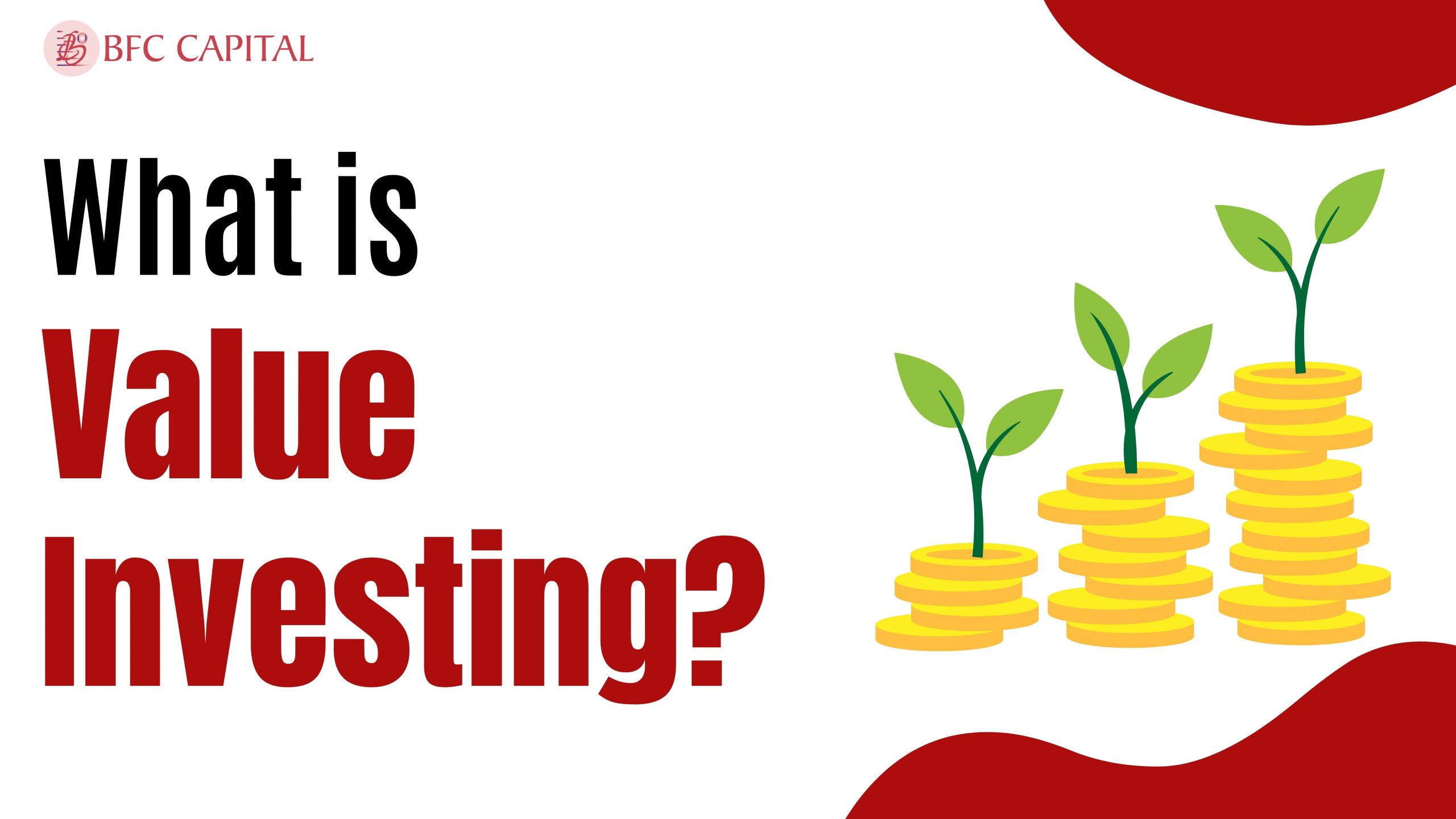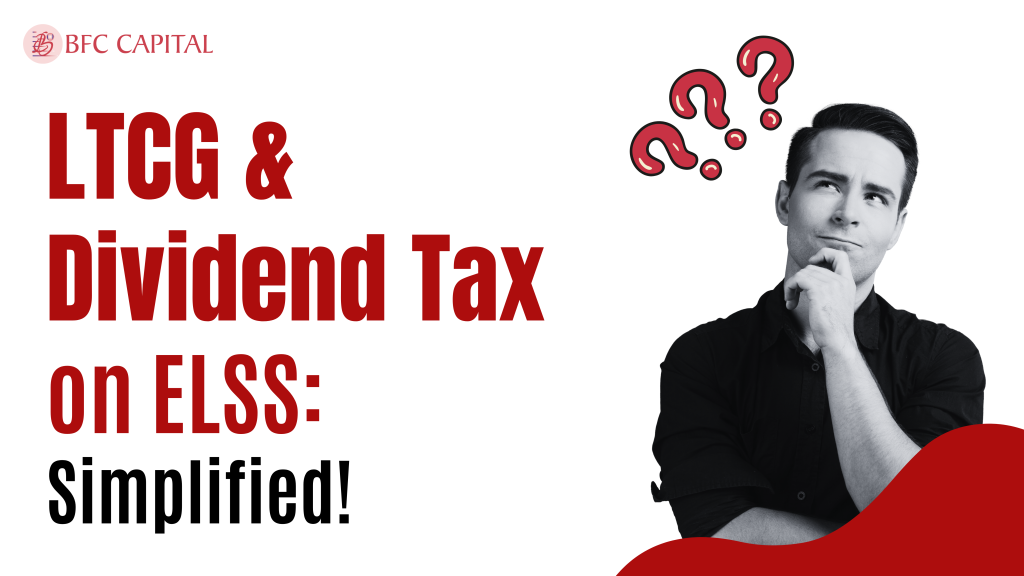
When you invest in an Equity Linked Savings Scheme (ELSS), you are likely expecting the money to save taxes in the short run and also see your money grow in the long run in terms of capital appreciation. Nonetheless, they have been sold as some of the most prestigious tax-saving investments accessible, especially for those who want to pay less in taxes yet participate in the equity market. But what about its other side? This is where we must dive deeper and highlight some important aspects related to taxation on earning returns from ELSS. ELSS may help you save some tax money initially, but it doesn’t let you completely rest on your laurels. Let’s explore how LTCG and dividends taxes on ELSS works with the help of simple examples and analogies so that it all makes sense at once.
Table of Contents
Understanding ELSS: A Quick Refresher
ELSS is an investment vehicle instead of a mutual fund that deals with equity or equity instruments only. It is like a collection of different stocks that professionals manage in order to optimise profit over time. One major reason why people invest in ELSS is because of its tax saving, which has qualified for Section 80C of the Income Tax Act, which provides an exemption of ₹1.5 lakh on the taxable income. The best part? ELSS also has a three-year lock-in period, making it the shortest of all the tax-saving schemes found under Section 80C. This means that while your money will not be accessible for 3 year, one can expect good returns when considering the possibility of future equity market growth.
But just like with everything good, it has a downside. The taxman will come calling when you eventually want to encash your investment. To understand LTCG and Dividend taxes, it’s necessary to grasp the intricacies involved.
What is LTCG, and How is it Taxed?
Imagine you planted a money tree (your ELSS investment) three years ago. You watered it, nurtured it, and now, it has grown big and strong, laden with fruits (your gains). The value by which your investment grows is called a capital gain.
For instance, in ELSS, since you are dealing with equity, these gains qualify as Long-Term Capital Gains (LTCG) if the investment is held for more than a year. Unlike in fairy tales, where one enjoys benefits without any conditions, real life demands that part of those benefits be shared with taxing authorities.
According to current tax laws, LTCG over ₹1.25 lakh annually is taxed at 12.5% without indexation benefits. Indexation adjusts the purchase price of an asset versus inflation which can reduce tax burden. Unfortunately, it does not work here.
Example: Assuming that you have put an ELSS fund of ₹1.5 lakh, it would have grown to ₹2.2 lakh within three years from now on. Thus, this leads to a gain of ₹70,000. Since this gain is less than ₹1.25lakh, there is no tax on it. However, if it had been ₹1.5 lakhs as a gain, then 12.5% would be charged on the amount exceeding ₹1.25 lakh exemption- which forms a total of 25,000- and therefore making you pay ₹3125 to the taxman and ₹1.46 lakhs approx remain as your net gain leaving with you only that much money after paying taxes.
Thus, looking at it from a different perspective, the exemption limit of ₹1.25 lakh may not appear too much,but rather bear in mind that over years of consistent ELSS investing one would accumulate more than ₹1.25 lakh. Any gains above the exemption limit are subject to taxation every year or during each financial year if there are several gains from various ELSS funds in one’s name. As your investments go up with time, so do your taxes, which pose major challenges when making long-term financial plans regarding taxes.
Dividend Distribution Tax (DDT) and Its Replacement
Now, let’s turn to one of the most important topics – dividends. Originally, the ELSS and other sorts of mutual funds themselves took a Dividend Distribution Tax (DDT) right before passing it on to you. The base was created in such a manner that it was akin to placing a cake on the table,, and the taxman was given the first slice. Even getting taxed on the dividends was not an issue to the investors because the fund house was responsible for it.
However, with the new budget from the fiscal year 2020, the liability to pay the tax on dividends is now upon the fund house. Now, the dividend is charged to your hands at the appropriate slab rates of tax. As a result, if you are a member of the 20% tax bracket, such is the rate you will be charged on your dividend. When you fall in the 30 per cent bracket of taxation, the taxes paid on dividends rise correspondingly as stated in India’s Union Budget(2021-2022).
When it comes to dividends, one should imagine it as a pie. It was much like your slice (tax) was carved out before you received it from the baker (fund house). Now, it is the whole pie in your hands, but those slices for the taxman have to be handed over by you based on your hunger (tax slab). In the case of sitting in the higher tax brackets, the pie you receive is sweeter, but a larger slice is expected of you and given to the taxman.
This change, on the other hand, aligns with the general idea of subjecting people to taxation based on their capacity to earn, which has made dividends less attractive to those in the higher tax brackets. To the extent that dividends are taxed at 30 per cent, this is not the most attractive proposition for someone who can get similar cash flow from other sources that may involve less loss of the initial amount to tax.
Planning Around These Taxes
Considering these taxes, how should one proceed to ELSS investments? This is why it’s always wise to plan your investments and your withdrawal in a way that you will minimise your tax as much as possible without affecting your overall gains.
1. Laddering Your Investments:
SIP as a mode of investment ensures that one only buys some of their units at a certain price, hence avoiding volatile situations in the stock market and ensuring that all the gains do not make themselves in a single fiscal year. When you spread out your investments, you might ensure that your LTCG does not exceed ₹1.25 lakh in any given year so that taxes are kept to the barest minimum.
Example: So, if you are investing ₹10,000 per month in an ELSS through an SIP, you are investing throughout the calendar year. These instalments will also have their lock-in of three years, and as you start redeeming after the first three years, your gains may be stretched out into the following financial years, making each year’s LTCG taxes below the threshold.
2. Consider Your Income Bracket:
Since dividends are now taxed according to your Tax bracket, they could be more beneficial if you are in a lower tax bracket. On the other hand, if you fall in the higher tax rate, then the available re-investment opportunities offer more value than dividend distributions. Another reason for some investors to opt to go for the growth option over the dividend option of their ELSS funds is to stay away from the tax on the dividends completely as reported by the Economic Times.
3. Offsetting Gains with Losses:
One more method by which one can save on taxes is to counterbalance the capital gain with a loss if, in any case,, it exists. For your portfolio, these losses can be used in the same way as short-term or long-term losses, thereby giving you a way in which to offset your LTCG and, therefore, lessen your tax burden. This is referred to as tax-loss harvesting, and in a bid to reduce the amount of taxes to be paid on the gains made, it is a rather common technique among the more experienced investors.
Example: Suppose you earned a long-term capital gain of ₹ 2 lakh in a financial year through ELSS investment. But at the same time, you had a loss of ₹ 50000 on another equity share investment. You can set off this loss to reduce the amount of LTCG to the tune of ₹1.5 lakh. By doing so, the tax liability is reduced as ₹1.25 lakh is exempted and you are required to pay 12.5% on the remaining amount of ₹25000 LTCG gains.
Final Thoughts
Even though the taxation of LTCG and dividends appears to be a discouragement, it is imperative to note that ELSS remains tremendously advantageous. The fact the investments made under ELSS qualify for the tax deduction under section 80C, high returns linked with equity investment along with relatively short lock-in period also make ELSS more appealing. Still, similar to any investment, it is essential to understand the tax consequences of such investments and adjust the strategies.
It is impossible to avoid taxes altogether, but you do not have to let the taxman eat into most of your profits through wrong investment decisions. Always bear in mind that every rupee that you save from taxes is a rupee more than you add to your kitty—so be prudent!
If you consider the above points, you will get the best of ELSS while keeping the taxman at bay. Even for first-time investors or regular investors, the focus and knowledge of the new tax laws and all possible tax-saving options do make a world of difference in one’s investment profile. The objective is not only to build wealth but also to create the most tax-effective wealth one can.
Please share your thoughts on this post by leaving a reply in the comments section.
To learn more about mutual funds, contact us via Phone, WhatsApp, or Email, or visit our Website. Additionally, you can download the Prodigy Pro app to start investing today!
Disclaimer – This article is for educational purposes only and by no means intends to substitute expert guidance. Mutual fund investments are subject to market risks. Please read the scheme related document carefully before investing.

Assistant Vice President – Research & Analysis
Akash Gupta heads the Research & Analysis department at BFC CAPITAL, where he combines in-depth market insights with strategic analysis. He holds multiple certifications, including:
- NISM-Series-XIII: Common Derivatives Certification
- NISM-Series-VIII: Equity Derivatives Certification
- NISM-Series-XXI-A: Portfolio Management Services Certification
- IRDAI Certification
With his expertise in equity, derivatives, and portfolio management, Akash plays a key role in providing research-backed strategies and actionable insights to help clients navigate the investment landscape.
